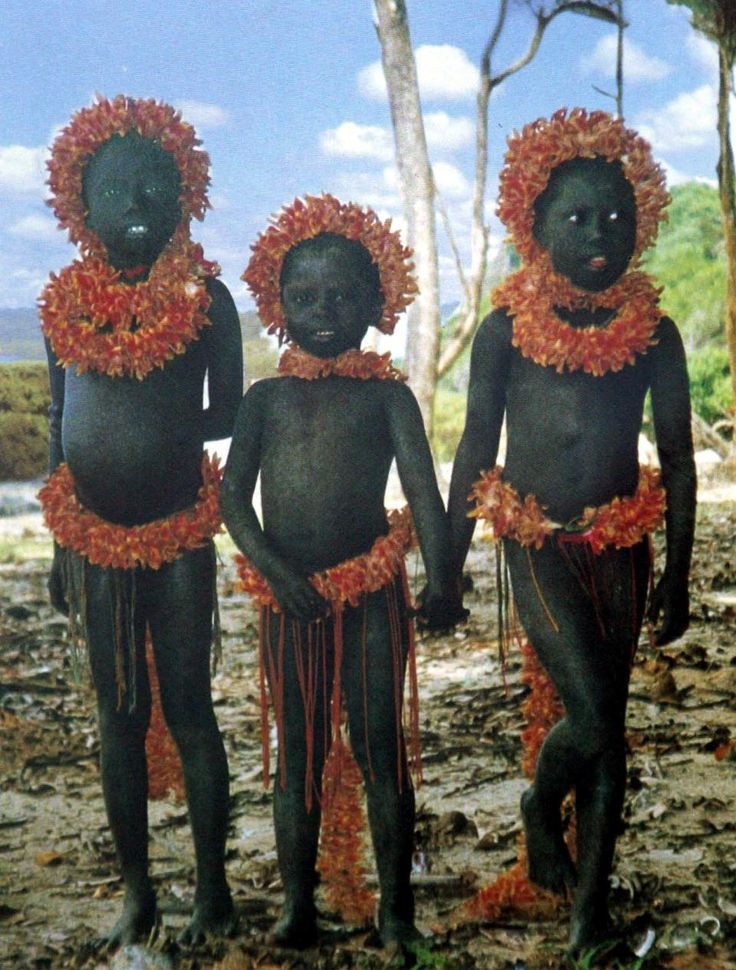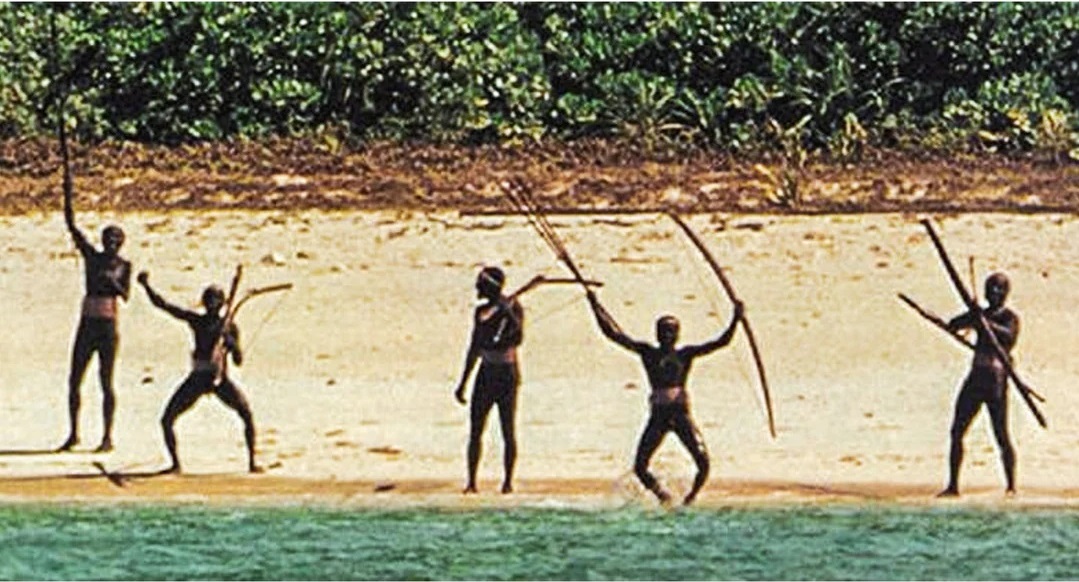
Dangerous Sentinel Tribes of Andaman
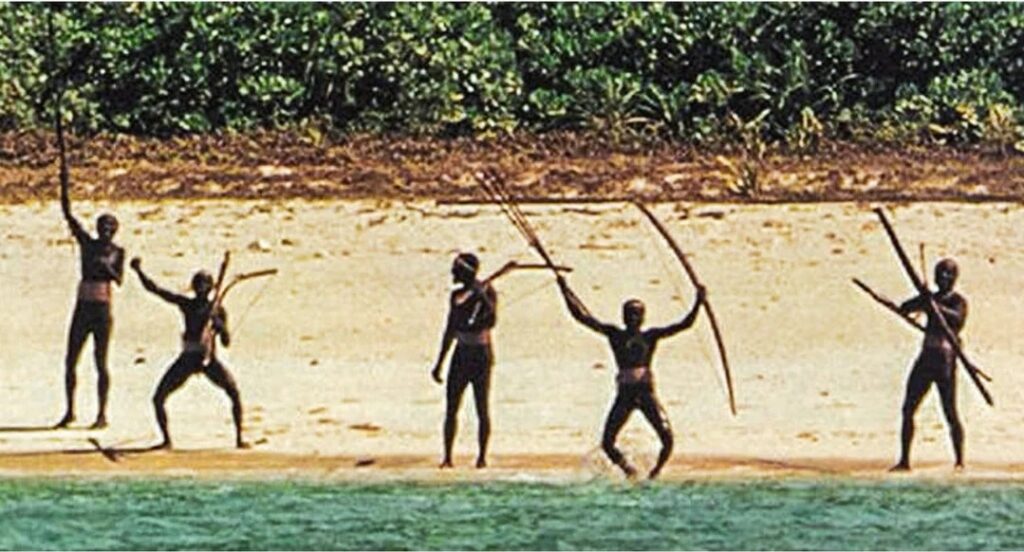
North Sentinel Island, located in the Andaman & Nicobar Islands, is part of the Andaman and Nicobar Islands Belt under Indian jurisdiction. This small island, approximately 59.6 square kilometers in size, is home to the Sentinelese people, one of the most isolated and enigmatic tribes on Earth. Their existence and lifestyle have long fascinated anthropologists and researchers due to their complete rejection of modern civilization.
Geographical and Environmental Features : Dangerous Sentinel Tribes of Andaman
North Sentinel Island is surrounded by coral reefs, which act as natural barriers and limit access. The dense forests covering the island provide the Sentinelese with food, shelter, and tools necessary for their survival. The lack of natural harbors further isolates the island from external influences, contributing to the tribe’s continued seclusion.
Dangerous Sentinel Tribes of Andaman & Nicobar islands
Historical Context : Dangerous Sentinel Tribes of Andaman
The Sentinelese are thought to be direct descendants of the first human populations that migrated out of Africa. They are believed to have lived on the island for over 55,000 years, maintaining a way of life largely unchanged by external influences. Records of the Sentinelese date back to the 18th century when British naval expeditions attempted to explore the Andaman Islands. However, most early interactions were met with resistance and hostility.
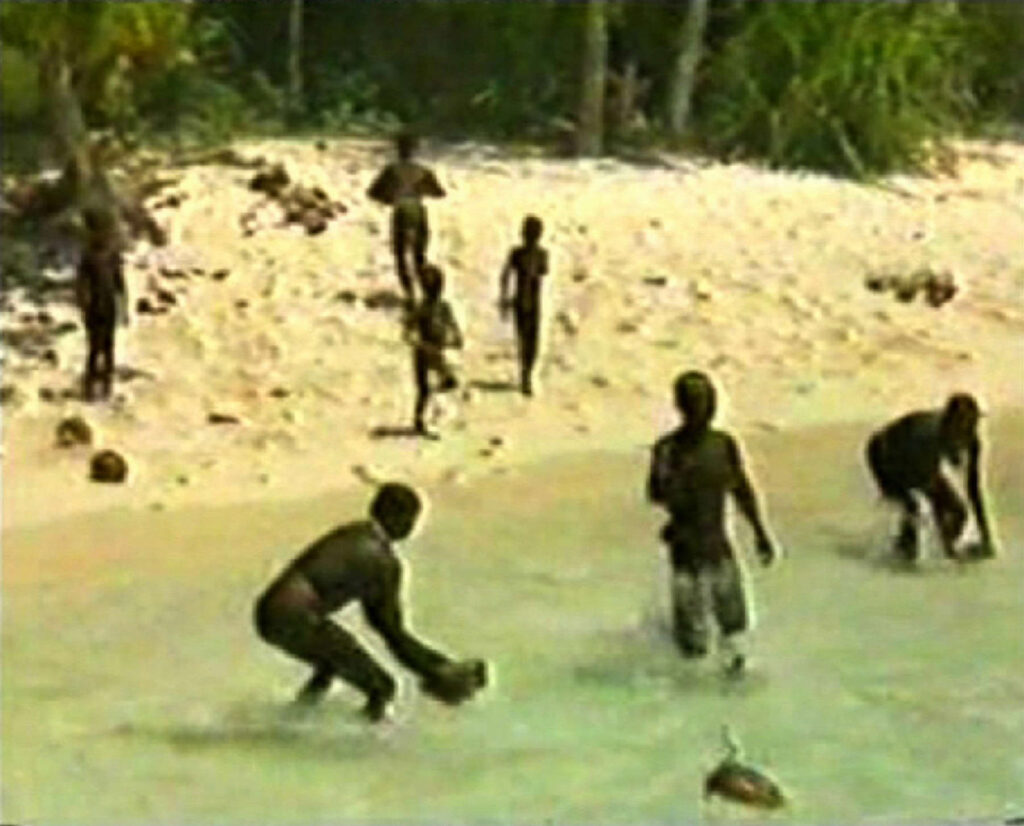
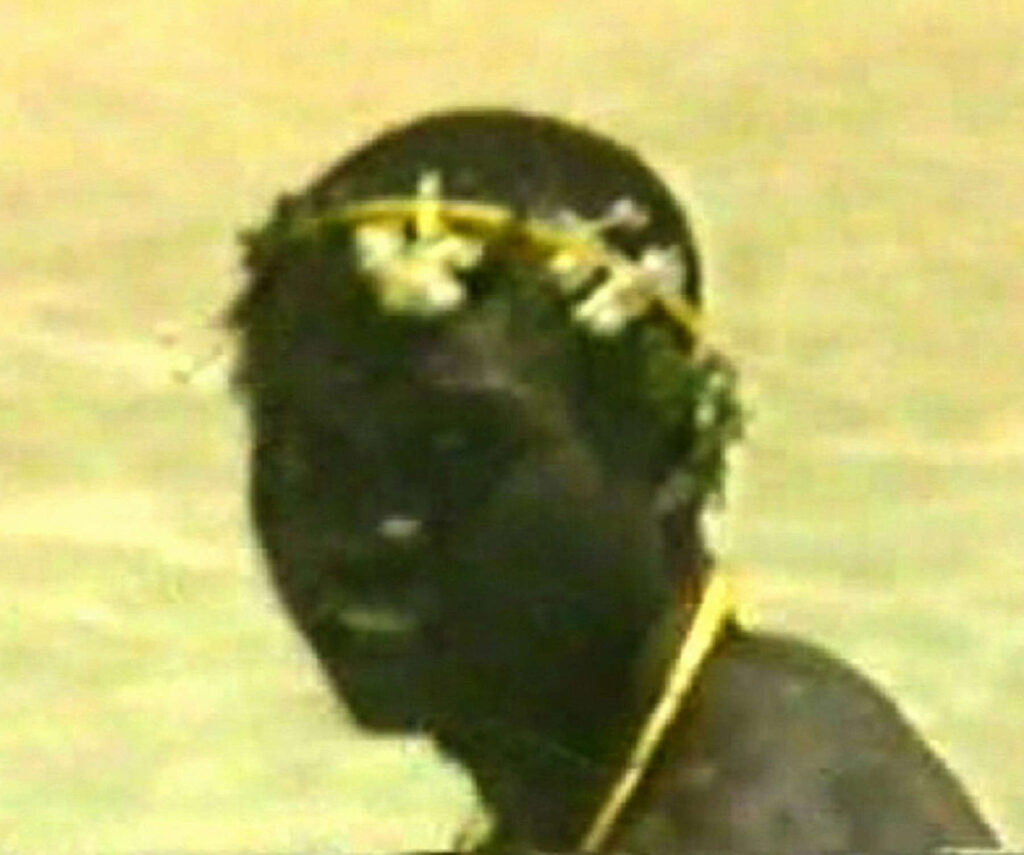
In the late 19th century, the British administration, led by Maurice Vidal Portman, conducted expeditions to establish contact with the tribe. These attempts often resulted in misunderstandings and hostilities, and further efforts were largely abandoned due to the tribe’s unwillingness to engage.
Lifestyle and Practices : Dangerous Sentinel Tribes of Andaman
The Sentinelese are hunter-gatherers who rely on the island’s abundant resources. They hunt wild animals, fish in shallow waters, and gather fruits, honey, and tubers from the forest. Their tools, such as bows, arrows, and spears, are crafted from locally available materials like wood and stone.
Their dwellings are simple huts, often built on stilts, and fires are maintained both for cooking and warmth. Sentinelese social structures remain a mystery due to limited observation, but their coordinated actions during interactions suggest a well-organized community. Language barriers have prevented any understanding of their linguistic and cultural practices.
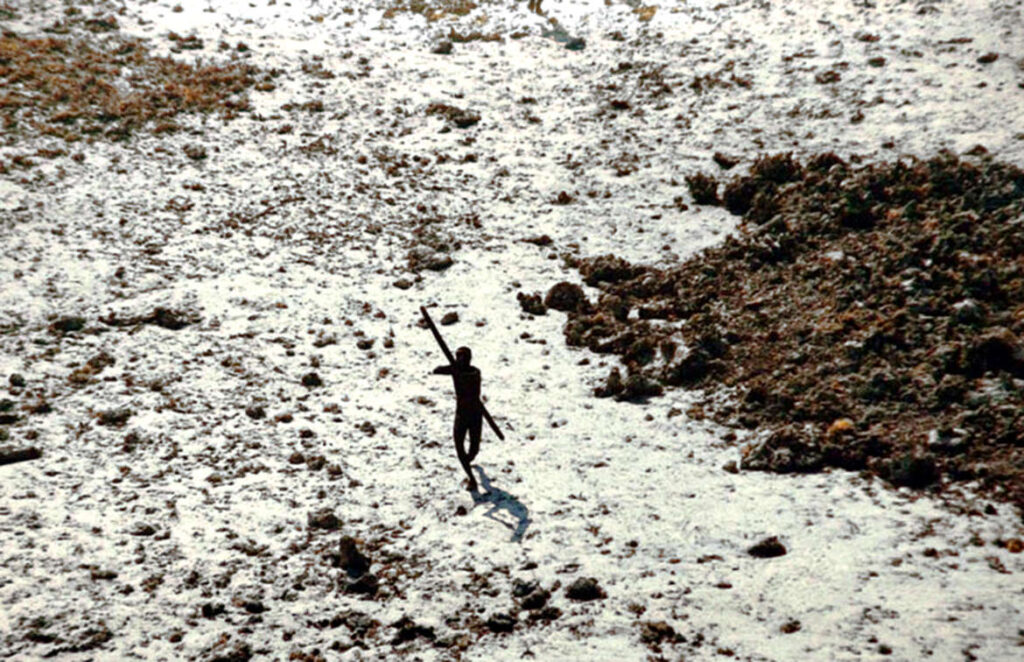
Read : Best time Visit Andamans
Encounters with the Outside World : Dangerous Sentinel Tribes of Andaman Islands
The Sentinelese have consistently displayed hostility towards outsiders. This hostility is believed to stem from their desire to protect their culture and resources from external threats. Several notable incidents underscore their isolationist stance:
- In 2006, two fishermen who ventured too close to the island were killed by the tribe. Attempts to recover their bodies were abandoned due to the tribe’s resistance.
- In 2018, an American missionary, John Allen Chau, illegally traveled to the island to preach Christianity and was killed shortly after his arrival. This incident brought international attention to the Sentinelese and raised questions about the ethics of attempting contact.
Read : Best time for Visiting Andaman
Legal Protections and Policies :Dangerous Sentinel Tribes of Andaman
Recognizing the Sentinelese’s vulnerability to diseases and cultural disruption, the Indian government has implemented strict measures to protect them. In 1956, North Sentinel Island was declared a tribal reserve, and access to the island is prohibited. A three-nautical-mile exclusion zone is enforced by the Indian Coast Guard to prevent unauthorized entry.
The Andaman and Nicobar Administration plays a key role in ensuring the Sentinelese remain undisturbed. These efforts are guided by a policy of minimal interference, emphasizing respect for their autonomy and way of life.
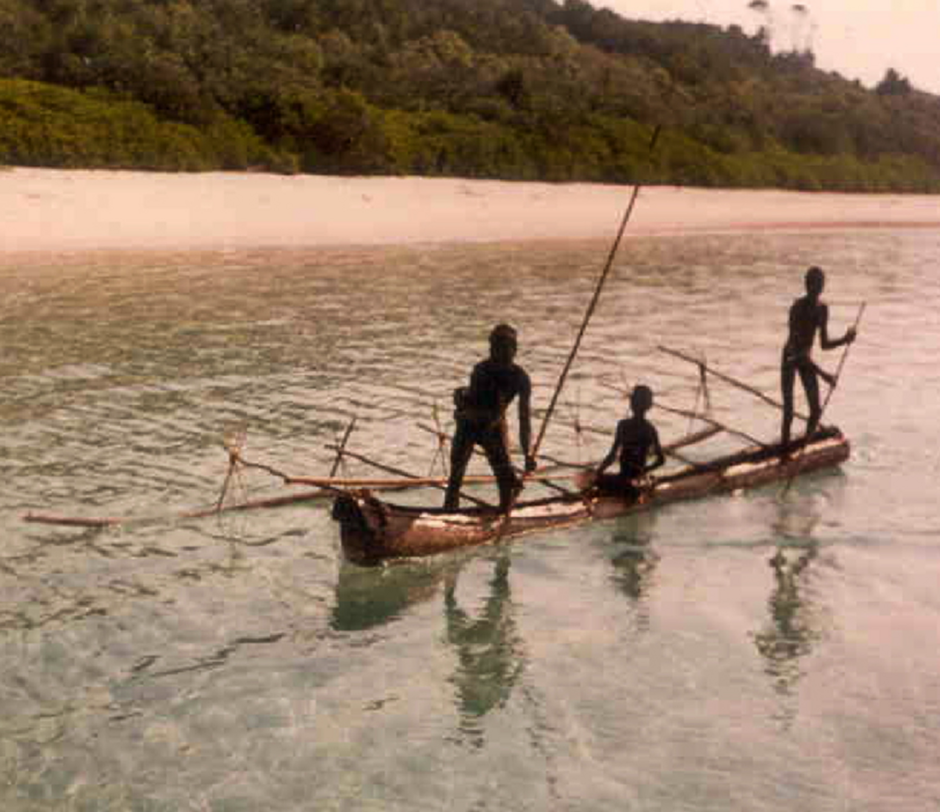
Vulnerabilities and Challenges : Dangerous Sentinel Tribes of Andaman
The Sentinelese’s isolation makes them highly susceptible to diseases, as they have no immunity to illnesses common elsewhere. This vulnerability underscores the importance of the “no-contact” policy. Additionally, illegal fishing activities in the region pose a threat to the tribe’s resources and security.
Anthropological Insights : Dangerous Sentinel Tribes of Andaman
The Sentinelese provide valuable insights into early human societies and their adaptability. Their continued survival is a testament to their resilience and the effectiveness of their self-sufficient way of life. Observing their interactions from a distance reveals a deep connection to their environment and a sustainable approach to living off the land.
Preservation Efforts : Dangerous Sentinel Tribes of Andaman
India’s commitment to protecting the Sentinelese reflects an understanding of the importance of preserving indigenous cultures. Efforts to prevent contact and monitor the island’s periphery are vital to ensuring the tribe’s survival. The global community widely supports this hands-off approach, recognizing the Sentinelese’s right to self-determination.


